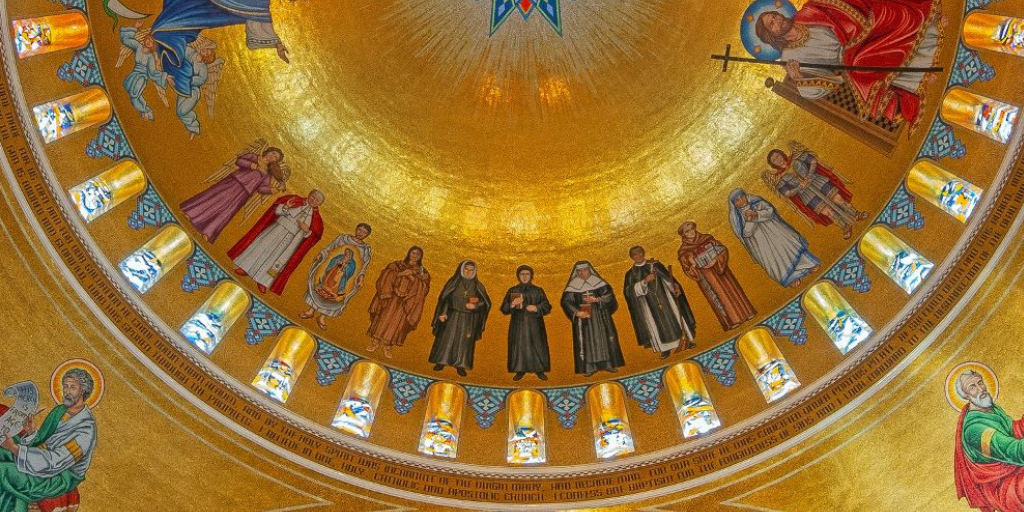Introduction
All Saints’ Day, celebrated on November 1st, is a significant religious observance in many Christian traditions. It is a day set aside to honor and remember the countless saints who have lived exemplary lives of faith and devotion throughout the history of Christianity. This day offers an opportunity for believers to reflect on the profound impact these saints have had on the faith and to seek inspiration from their lives. But just how many saints are there, and what is the significance of this day?
The Multitude of Saints
The term “saint” in Christian theology refers to a person who is recognized for their exceptional holiness, virtue, and dedication to God. The concept of sainthood has evolved over the centuries, and different Christian denominations have varying processes for canonizing or recognizing saints. The Roman Catholic Church, for example, has a rigorous process that includes beatification and canonization, while other traditions may have less formalized procedures.
The exact number of saints in Christianity is not precisely defined and can vary depending on how one counts them. The Roman Catholic Church, which has the most detailed process for canonization, officially recognizes over 10,000 saints. However, this number does not encompass all the individuals who have been considered saints throughout history. In fact, countless more individuals are venerated as saints in various Christian traditions, especially in the Eastern Orthodox Church and other branches of Christianity.
The Significance of All Saints’ Day
All Saints’ Day is a time for Christians to remember and honor not only the canonized saints but all the faithful departed who have lived lives of exemplary faith. It is a day to celebrate the “communion of saints,” a belief in the unity and intercession of all believers, living and deceased. This day emphasizes the idea that holiness is not limited to a select few but is attainable by all who live a life in accordance with Christian principles.
On All Saints’ Day, many Christians attend church services, where the names of saints, known and unknown, are commemorated. It is also a time for individuals to seek inspiration from the lives of the saints, striving to emulate their faith and dedication. In some cultures, people may visit the graves of loved ones, offering prayers and remembrances.
Conclusion
All Saints’ Day serves as a reminder of the rich tapestry of holiness woven throughout the history of Christianity. While the exact number of saints may remain uncertain, the significance of this day lies in the recognition that sanctity is not confined to a select group but is attainable by all who live a life devoted to God. As believers reflect on the lives of saints, they are encouraged to emulate their virtues and seek a deeper connection with the divine.
Shayne Heffernan









